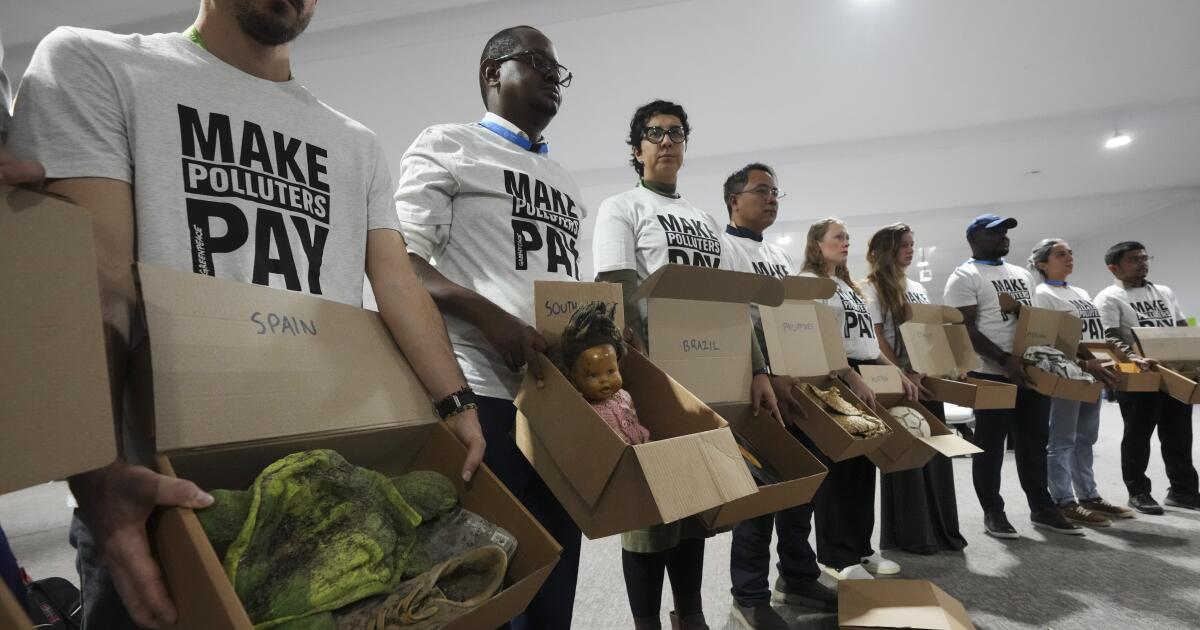Okay, so let’s dive into this whole China-tariff circus, because, wow, it’s like watching a really awkward game of chess where everyone forgot the rules halfway through. So, Healy, our beloved skeptic, throws this question out there about whether Trump’s grandiose vision for reindustrializing America is legit or if he’s just hopping around the globe collecting bargaining chips like he’s on some reality TV show scavenger hunt. Seriously, does putting tariffs on China’s goodies, which seems like asking for a backyard brawl, really get Uncle Sam any closer to bending China’s will to ours? Spoiler: Nope, not really.
Appelbaum, probably sipping coffee that’s gone cold while pondering this mess, says, “Look, it’s been ages since we slapped these taxes on Chinese imports, and has Beijing budged? Nah.” Like, nobody’s sweating bullets over there thinking, “Oh no, America’s onto us with their tariff thing.” The kind of squeeze we hoped for didn’t pan out because China isn’t that boyfriend who promises to change if you just threaten to leave. They’re more like, “Oh, you’re serious? Yeah, we’re okay on our own.”
Then there’s this notion that some countries might flinch under tariff threats, like Canada, maybe, might play nice to keep the peace and maple syrup flowing across borders. But China, ha! China doesn’t have time for that jazz. They’re off in their own lane, convinced they don’t need the U.S. nearly as much as we think they do.
And, can you believe this, we’re poking a dragon here, folks – prodding at a country that’s already got a chip on its shoulder about the U.S. Not the smartest move, in my humble (or not) opinion. If we aggravate them further, they might just snap, and boom – suddenly the U.S. is down a trading partner, and not just any partner, but one that’s been playing the long game while we’re fiddling with tariffs like kids in a sandbox.
So Healy wonders what happens next. Tariffs on China are not the same as tariffs on, say, Madagascar’s vanilla industry (insert random fact: I love vanilla ice cream, by the way). China’s got this might and the goods that everyone wants, and their leadership doesn’t break a sweat over public opinion like we do when election season rolls in with all those attack ads. Trump’s sitting at the negotiation table, with tariffs tossed in like poker chips, but, is China’s counterpunch going to land hard enough to make him fold? Or will it be something else entirely that makes him rethink this rickety strategy? Who’s betting on the next plot twist? Hand me the popcorn.
—
Alright, let’s dial it back to the professional version now.
Healy poses a thought-provoking question about President Trump’s approach to tariffs and whether his intentions towards reviving American industry are genuine or if he’s merely motivated by the potential gains in negotiation dynamics. Particularly concerning the U.S.-China relationship, there’s speculation about whether tariffs serve as a viable strategy for America to gain leverage.
Appelbaum counters that the imposition of considerable tariffs on Chinese imports hasn’t yet compelled China to make substantial concessions. The intended economic pressure hasn’t manifested into significant results. For countries closely tied to the United States, like Canada, tariffs may indeed serve as a renegotiation tool. However, China perceives its reliance on the U.S. differently, making it less susceptible to such pressure tactics.
China occupies a unique position and, given its view of the current global scenario as a form of conflict with the United States, escalating tensions may not yield the desired diplomatic embrace. Instead, it could further estrange two already distanced nations.
Healy expresses curiosity about China’s potential for a calculated retaliation, pondering if China’s response to tariffs might eventually lead Trump to reconsider his swift and seemingly reckless strategy. However, whether future changes are prompted by China’s stance or other influences remains uncertain.

















